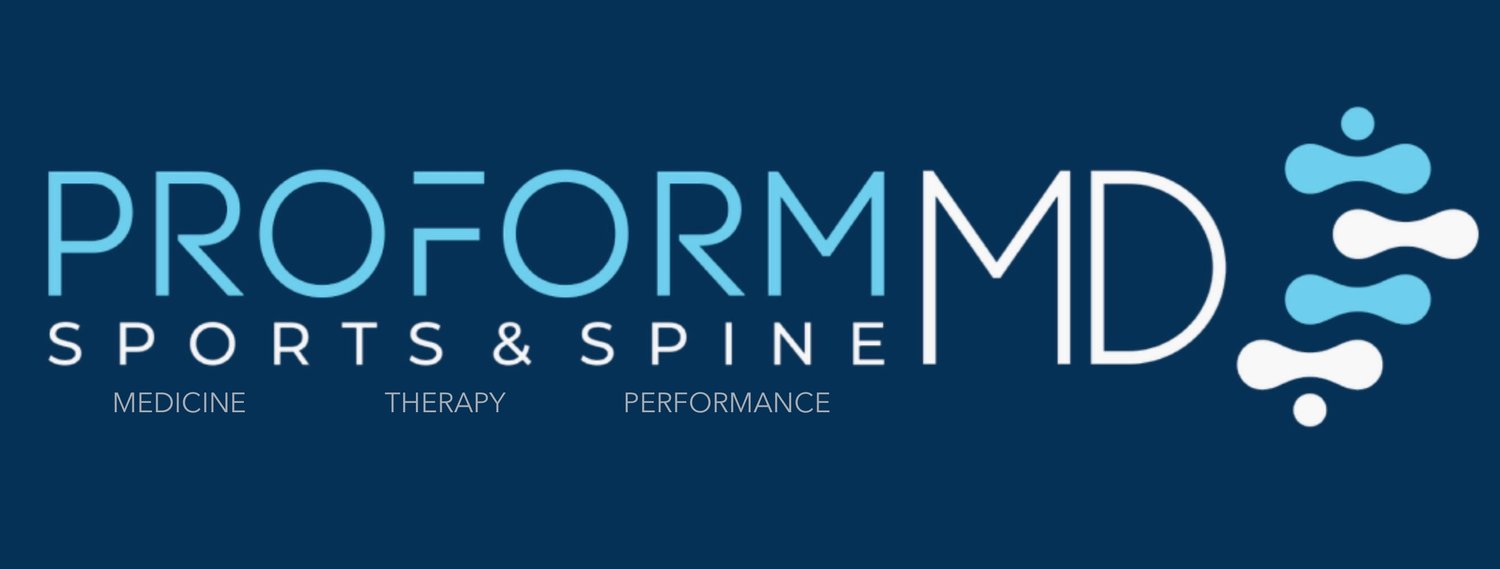Title: Navigating Sports-Related Injuries in Triathlons: Causes, Prevention, and Recovery
Introduction:
Welcome to our comprehensive guide on managing sports-related injuries in triathlons, the ultimate test of endurance combining swimming, cycling, and running. Whether you’re a seasoned triathlete or considering your first race, understanding the common causes of injuries, implementing prevention strategies, and knowing how to recover effectively are essential. In this article, we’ll explore these aspects, providing valuable insights backed by research and expert advice.
Causes of Sports-Related Injuries in Triathlons:
1. Overuse and Training Errors: Rapid increases in training volume, intensity, or frequency without adequate rest can lead to overuse injuries like tendonitis, stress fractures, and muscle strains.
2. Biomechanical Issues: Poor swim stroke mechanics, improper bike fit, and running technique flaws can result in repetitive stress injuries affecting joints, muscles, and tendons.
3. Equipment Factors: Ill-fitting gear, worn-out shoes, and suboptimal bike setups contribute to discomfort, reduced performance, and increased injury risk.
4. Environmental Challenges: Extreme weather conditions, varying terrain, and open water challenges pose unique physical demands and increase the risk of accidents.
5. Nutritional Imbalance: Inadequate hydration, electrolyte depletion, and improper fueling strategies can impair performance, delay recovery, and lead to fatigue-related injuries.
Common Sports-Related Injuries in Triathlons:
1. Swimmer’s Shoulder: Rotator cuff injuries, shoulder impingement, and muscle strains due to repetitive overhead movements during swimming.
2. Cycling-Related Injuries: Lower back pain, knee issues, and saddle sores resulting from prolonged seated cycling and biomechanical imbalances.
3. Runner’s Knee: Patellofemoral pain syndrome (PFPS), IT band syndrome, and Achilles tendonitis caused by running on varied surfaces and excessive training loads.
4. Stress Fractures: Microscopic bone cracks often seen in weight-bearing bones of the lower extremities due to repetitive impact and insufficient rest.
5. Heat-Related Illnesses: Dehydration, heat exhaustion, and heatstroke from inadequate fluid intake and prolonged exposure to high temperatures.
Prevention Strategies for Sports-Related Injuries in Triathlons:
1. Gradual Progression: Follow a structured training plan with incremental increases in intensity, duration, and frequency to allow for adaptation and recovery.
2. Proper Technique: Seek guidance from coaches or experts to improve swimming, cycling, and running form, addressing biomechanical inefficiencies.
3. Equipment Optimization: Ensure gear is well-maintained, fits properly, and is suitable for your body type and racing conditions.
4. Cross-Training and Strength Work: Incorporate strength training, flexibility exercises, and cross-training activities to build resilience, correct imbalances, and reduce injury risk.
5. Nutrition and Hydration: Adopt a balanced diet, hydrate adequately, and practice fueling strategies during training and racing to support performance and recovery.
6. Rest and Recovery: Prioritize rest days, quality sleep, and active recovery techniques to allow the body to repair and adapt to training stress.
7. Environmental Awareness: Monitor weather forecasts, adjust training plans accordingly, and use appropriate protective gear for varying conditions.
Recovery and Treatment Options:
1. Immediate Care: Employ R.I.C.E. (rest, ice, compression, elevation) for acute injuries, and seek medical attention for severe issues or persistent pain.
2. Physical Therapy: Work with a qualified therapist to rehabilitate injuries, improve mobility, and prevent recurrence through targeted exercises and manual therapy.
3. Orthotic Support: Consider orthotics, braces, or taping techniques to support injured areas and maintain proper alignment during activity.
4. Medication and Injections: Use NSAIDs for pain management under medical supervision, and explore corticosteroid injections for inflammation reduction in severe cases.
5. Gradual Return to Training: Gradually reintroduce training load and intensity as symptoms subside, prioritizing pain-free movement and listening to your body’s signals.
6. Psychological Support: Seek counseling or mental health resources if injury-related stress, anxiety, or depression impacts your well-being and performance.
Conclusion:
Triathlons offer unparalleled physical and mental challenges, but they also come with inherent injury risks. By understanding the causes, implementing prevention strategies, and knowing how to effectively recover from injuries, you can enjoy the sport safely and achieve your performance goals.
Citations:
1. Gabbett, T. J. (2016). The training-injury prevention paradox: should athletes be training smarter and harder? British Journal of Sports Medicine, 50(5), 273-280. [DOI: 10.1136/bjsports-2015-095788]
2. Lepers, R., & Maffiuletti, N. A. (2018). Age and gender interactions in ultra-endurance performance: insight from the triathlon. Medicine & Science in Sports & Exercise, 50(1), 129-134. [DOI: 10.1249/MSS.0000000000001411]
3. Schwellnus, M., Soligard, T., Alonso, J. M., Bahr, R., Clarsen, B.,
